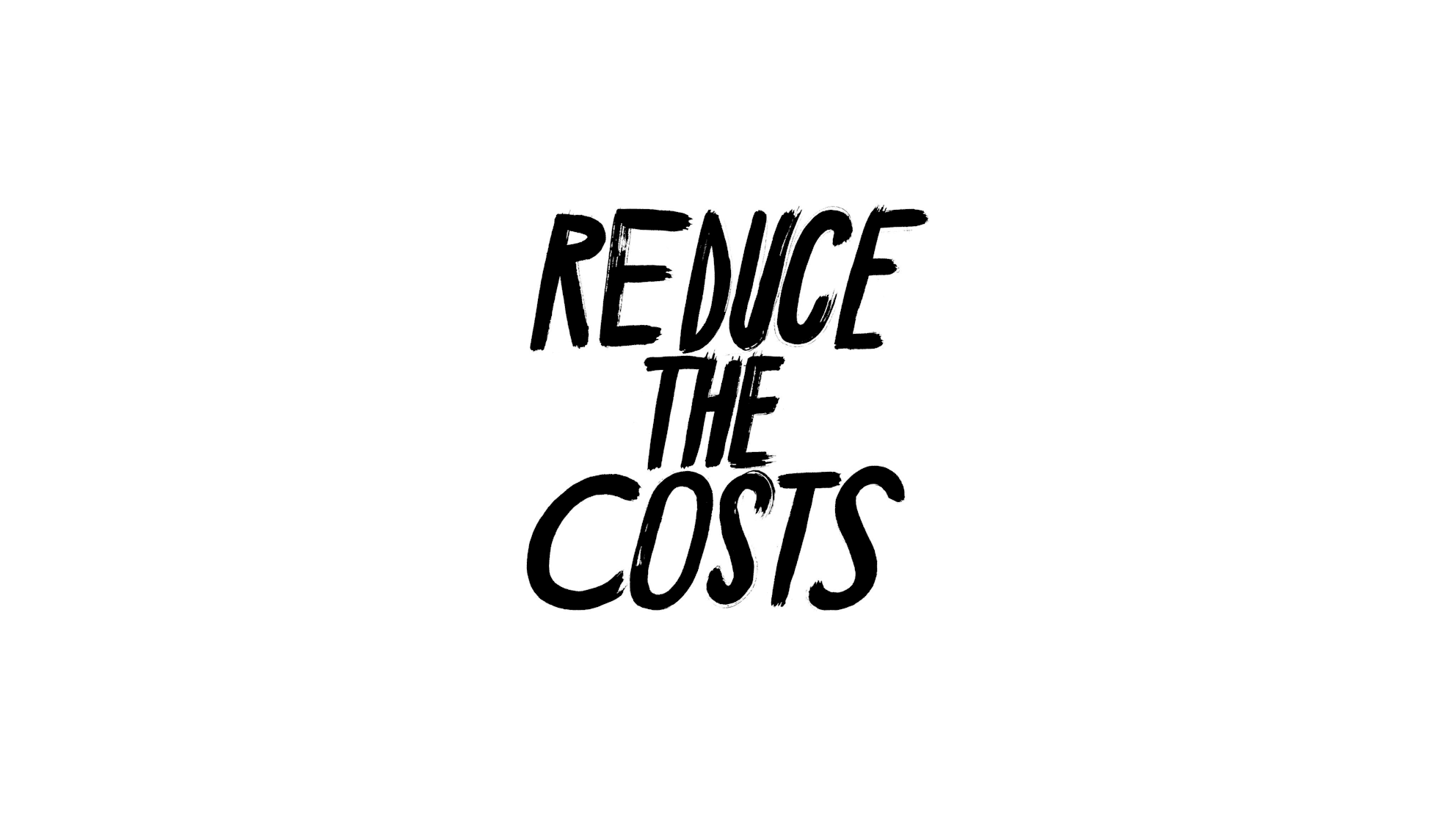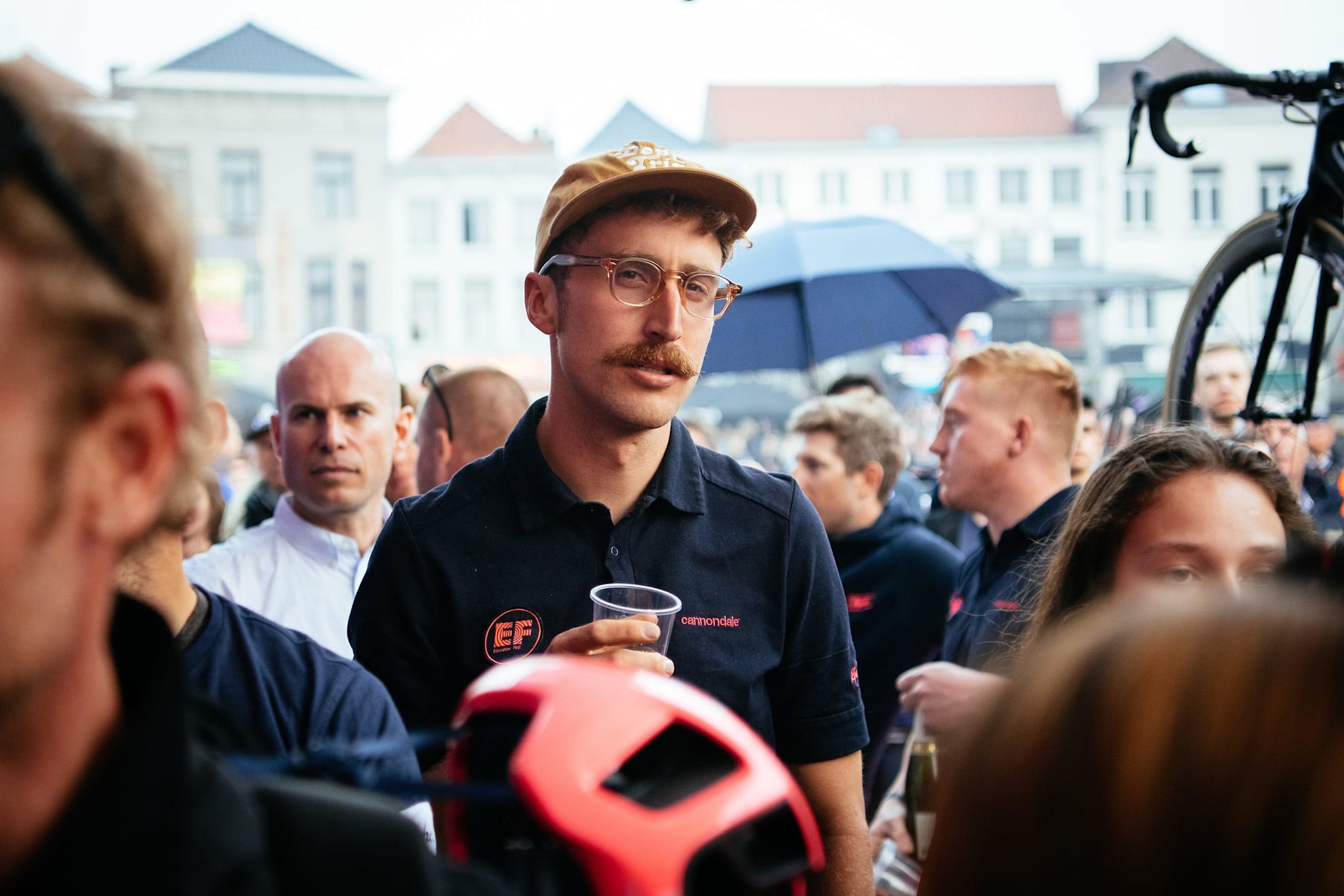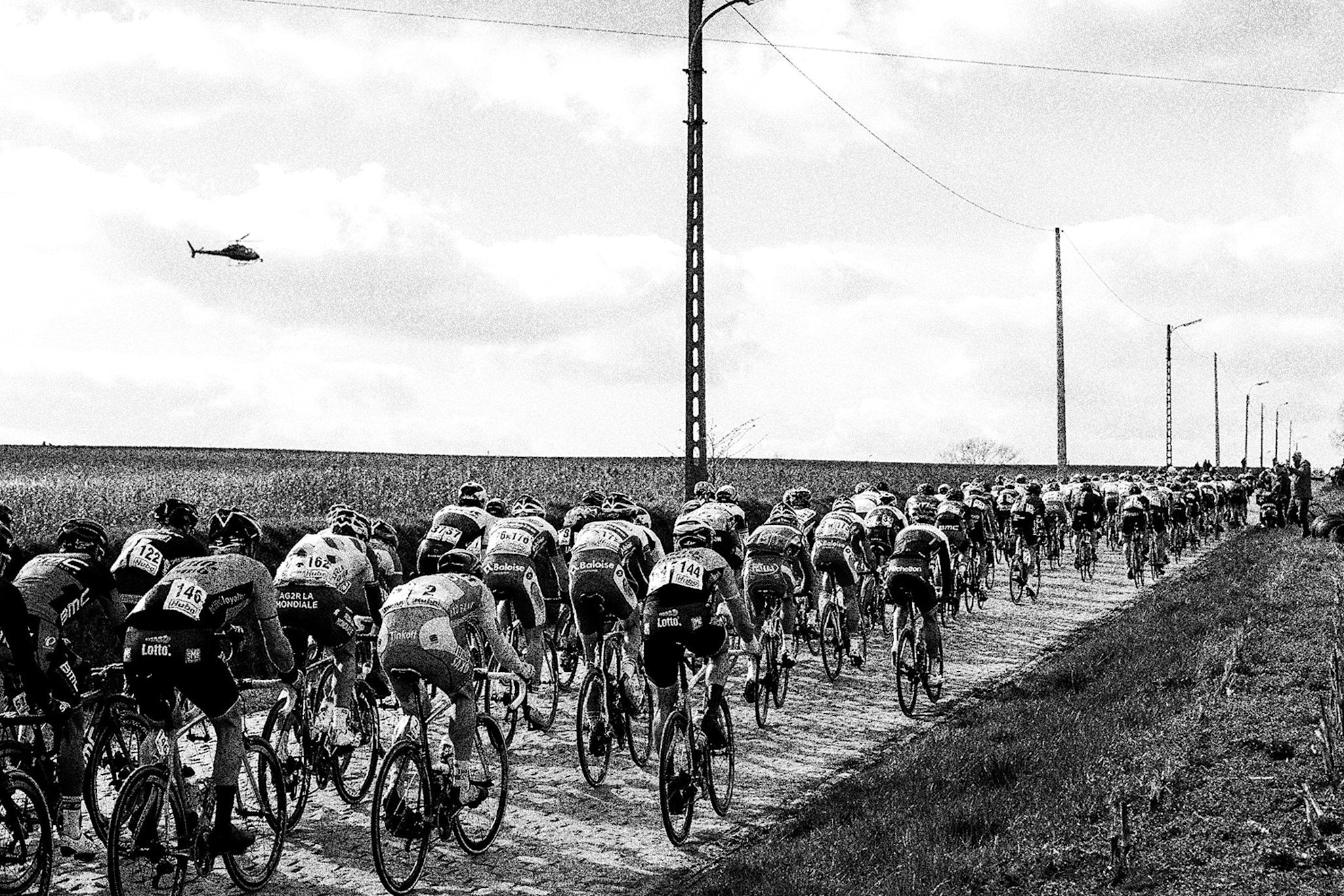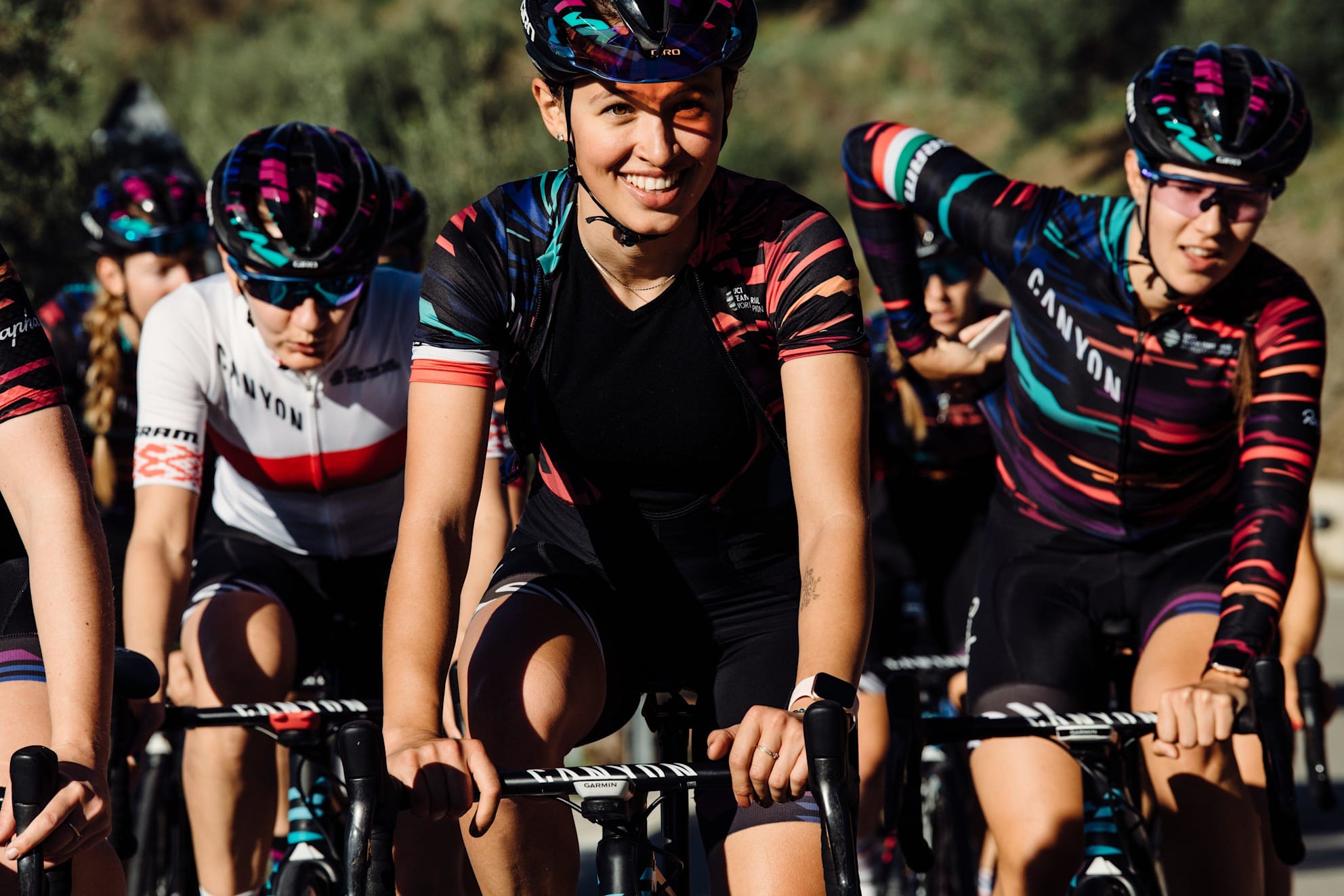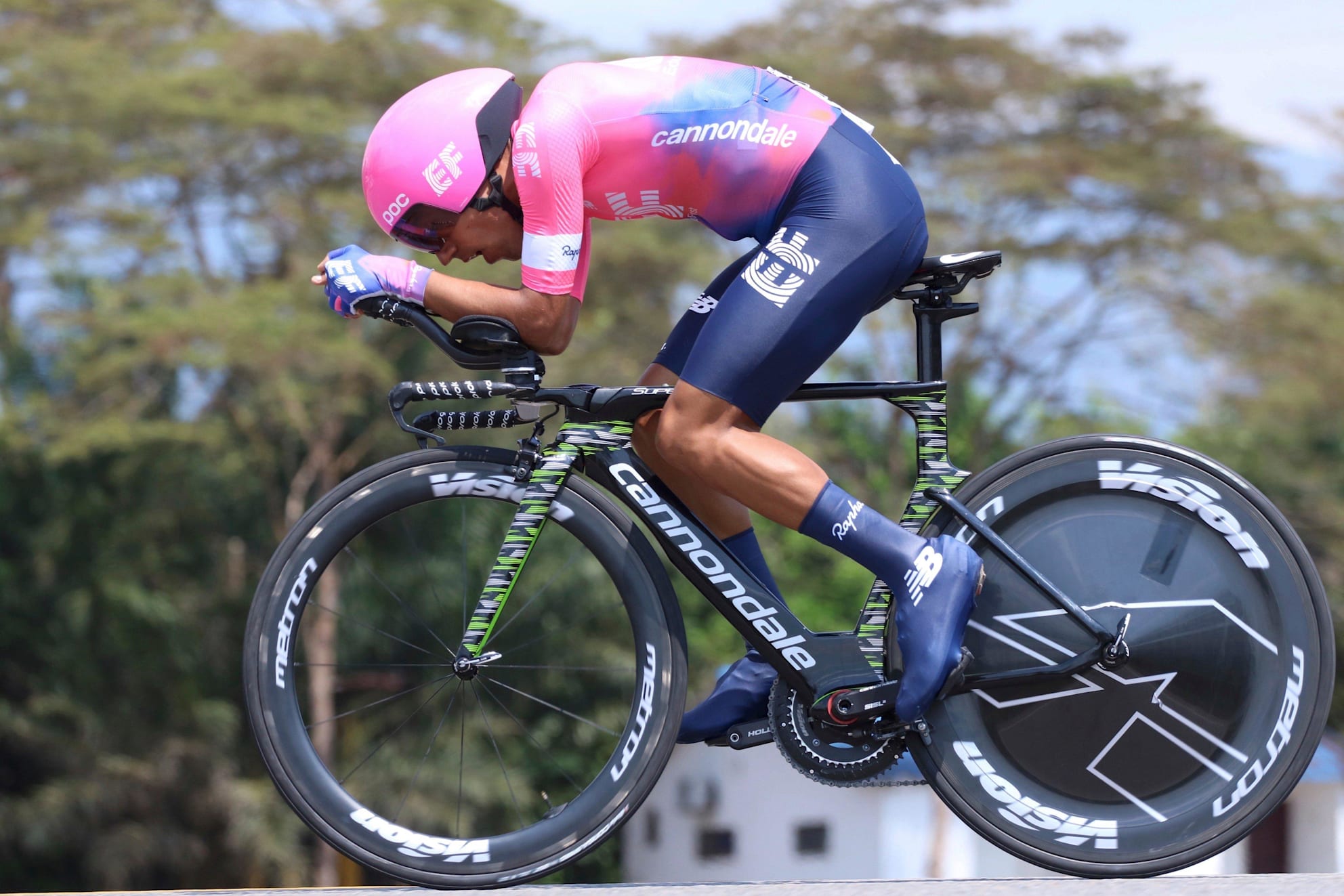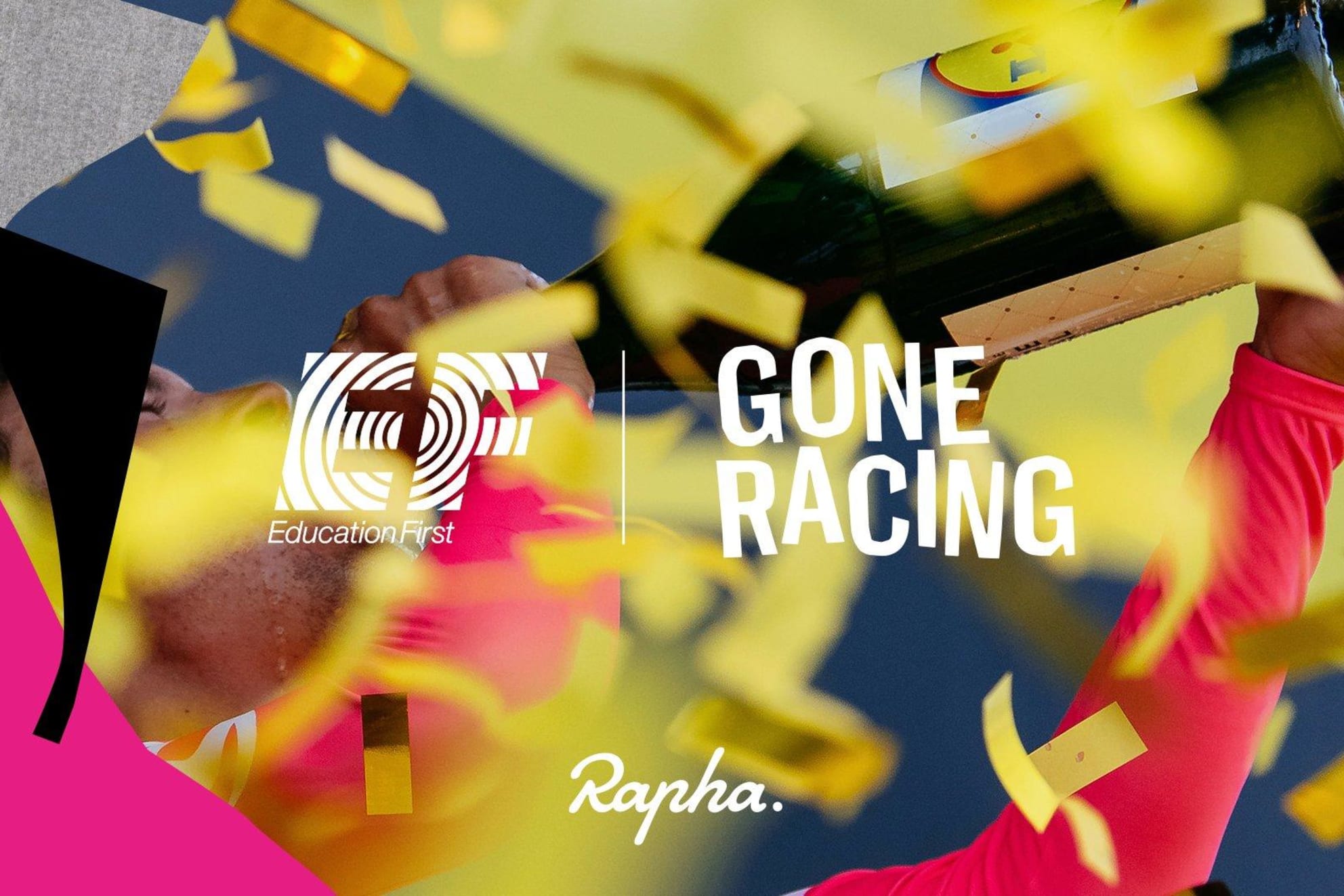An important aspect of professional cycling’s character is its regional variation and as mentioned previously, the sport could seek to place more emphasis on this as a means of growing engagement around the world. Just as teams could be linked to regional identities to foster greater chances of prolonged fan loyalty, so too can the search for more sustainable revenue streams be split by region to cater to the specific needs and wants of professional cycling on different continents. While globally-oriented sponsors are highly desirable, there are also many sponsors interested in maximising their exposure to specific regional audiences. Close ties to communities can imbue races with regional character and longevity, but also provide sponsors more incentive to commit year-over-year support. Whereas national sponsors have often been temporary, regional sponsors may be more invested in and dependent on the local economy, and can build market value through a long-term, successful relationship with a race or a team. For example, at a regional level, the Vlaanderen Sport cycling team in Belgium (Flemish riders only) adopted a mission 20 years ago to provide employment, and support the local economy, for a number of promising young Flemish cyclists who have found it difficult to get a professional racing contract, but who would benefit from a UCI Continental-level talent development programme.
The link between local and global consumer mentalities is a phenomenon few other sports can exploit. Most enjoy success in one particular region or country, with all but the biggest sport able to export their offering around the world to build fan bases located huge distances from the venues where the sport is played. Professional cycling has already established a network of elite races on almost every continent and found organic audiences in each location of enthusiasts and participants, each connected to the global sport and local community. But to date, it has not exploited regional variations to build more stable sponsorship deals that can capitalise on that resource. The products, services and content offered by event organisers, endemic brands and teams could also better cater to the regional character of road racing in each of the areas that they operate. In US cycling, for instance, the widespread trend for gravel and dirt road riding (fuelled by technological advances in kit and equipment, the state of cycling infrastructure and existing adventure community), presents a unique set of opportunities for products and services around professional cycling in that country. Similarly, the increasing popularity of a particular type of road cycling in Asia that favours indoor training and sportive participation (created by a mix of growing health-conscious affluent communities, poor air quality in urban locations and bad cycling infrastructure), could give rise to a bespoke range of events and outreach strategies within the sport targeting that form of participation.
Making Money: The Structure
How do we maximise revenue opportunities in cycling?
Dimension Data and having a mission
One example of a team that has created a more compelling network of sponsorship partners in today’s World Tour is Team Dimension Data. Rather than just following the European blueprint of obtaining the usual sponsorships and building a team around a few star riders, team Principal Douglas Ryder chose to focus on a specific mission: improving the mobility of everyday South African citizens by supporting the Qhubeka charity. The clear focus on this objective, rather than direct monetary rewards or targeted victories in pro cycling, freed Ryder to adopt a unique team philosophy, set unconventional priorities, target different sorts of goals, and measure success differently to other teams at the top level of the sport.
Reduce the costs
In most sports, television rights revenues are a major, if not the single largest source of income. But in professional road cycling (outside of one or two prominent events) TV revenues are virtually non-existent. Estimated revenue on televised hours is often incorrectly reported as income, but these figures are indirectly derived as ‘advertising’ value, as demonstrated in the Repucom 2013 report. The actual revenue taken in by race broadcasters, producers, and organisers is not well known, only inferred. In fact, race organisers often have to pay broadcasters to cover their events, rather than the other way around. Many cycling events – particularly those in the United States – must purchase the air time to actually broadcast their event on a TV network. While TV channels compete with each other and pay huge prices for the right to televise more popular sports like American football, every race aired in North America’s cable/satellite market, except for ASO’s properties (covered under its licensing with NBC-Universal), is a time-buy. Indeed, the Tour de France is the only bicycle race broadcast in the US that commands a rights payment – although that payment is quite minimal. Even in France, the national TV station is believed to pay only about €32 million to the race owner for the rights to televise the Tour de France – a rounding error relative to the prices paid for the media rights in other sports, like European football. The Tour of California is rumoured to pay NBC-Universal upwards of $250,000 for its annual time-buy, according to numerous interviewees.
Cycling is also almost prohibitively expensive to televise. The sport must seek ways to make the broadcast of live racing more profitable, even in light of the technological advances explored above and which present additional opportunities for direct, online distribution. It must pursue a strategy of merging more cost-effective production technologies with (the previously-discussed) compelling entertainment content and improved broadcast distribution techniques. As a sport run “on the road,” cycling has historically required a huge array of specialised equipment and personnel – helicopters, motorcycles, mobile high-def cameras, satellite uplink trucks and TV relay aircraft across massive geographical areas. To become more economic, organisers and broadcasters must be aggressive in evaluation and investigation of new ways to control costs. The sport must leverage new technologies such as drone cameras, miniaturised video production systems, rapid video encoding for broadcasting, and cellular bandwidth transmission – innovations which can make the race cheaper to produce but also more exciting. These types of technologies require a smaller footprint of hardware and are largely software-driven, allowing content producers to rapidly assemble a range of programming for fans. Everything from interview features to in-car feeds, to personalised click-to-demand feeds from individual riders’ on-board cameras are all made possible.
F1 and streamlined broadcasting
TV production costs for live races are significant, but there are opportunities to streamline the costs and logistics of broadcasting. Currently, race organisers source their own TV production resources, resulting in a patchwork of expertise and equipment spread unevenly across the world of professional cycling, and wide variances in the production quality of broadcast races. This is very different to the state of affairs in Formula 1. A TV production crew is a central part of F1’s travelling show, as much a part of racing as the teams and race officials, and their coverage is known for its consistency and quality.
Kent Gordis, a cycling TV producer from the US, puts the rental cost of specialised cameras and broadcast equipment required to cover a bike race at $30,000 per day. The Tour of California requires a minimum of three motorcycle/camera pairs, a transmission-relay plane, at least one camera helicopter, custom wireless delivery hardware, TV production support trucks, and an announcer team - the total cost for this, including rental fees, labour costs, logistical support, and permitting, is around $200,000 per day.
The F1 model offers significant efficiencies over cycling’s existing model: rental costs can be reduced through collective bargaining, expertise can be retained from race to race, and logistical costs and organisation can be centralised. New technologies can also contribute to lower production costs - devices like the NewTek Tri-Caster video production system represent huge leaps in miniaturisation, and have a one-time cost of $30,000, while a traditional production truck costs as much as $25,000 per day to rent. According to Kent Gordis, the 2017 Redlands Cycling Classic made use of some of these new technologies in its online broadcasts, with a total production budget of $15,000. The Tour of California, with its traditional broadcasting practices and the additional expense of time-buying from TV networks, is rumoured to have production costs of around $3.2 million.
Beyond sharing the large fixed costs of all the hardware, this could potentially benefit the quality and consistency of the coverage and could allow new television features to be introduced to the sport in a standardised and uniform way. This type of production approach could reduce costs significantly and would be much easier to implement under our proposed league structure than it would be under today’s scattershot system of race organisation.
In sum, the sport must continue to explore new means of controlling costs while simultaneously making television viewing or internet streaming of the sport more appealing. Only by focusing on all of these requirements at once can the broadcast revenue stream start to grow more rapidly.
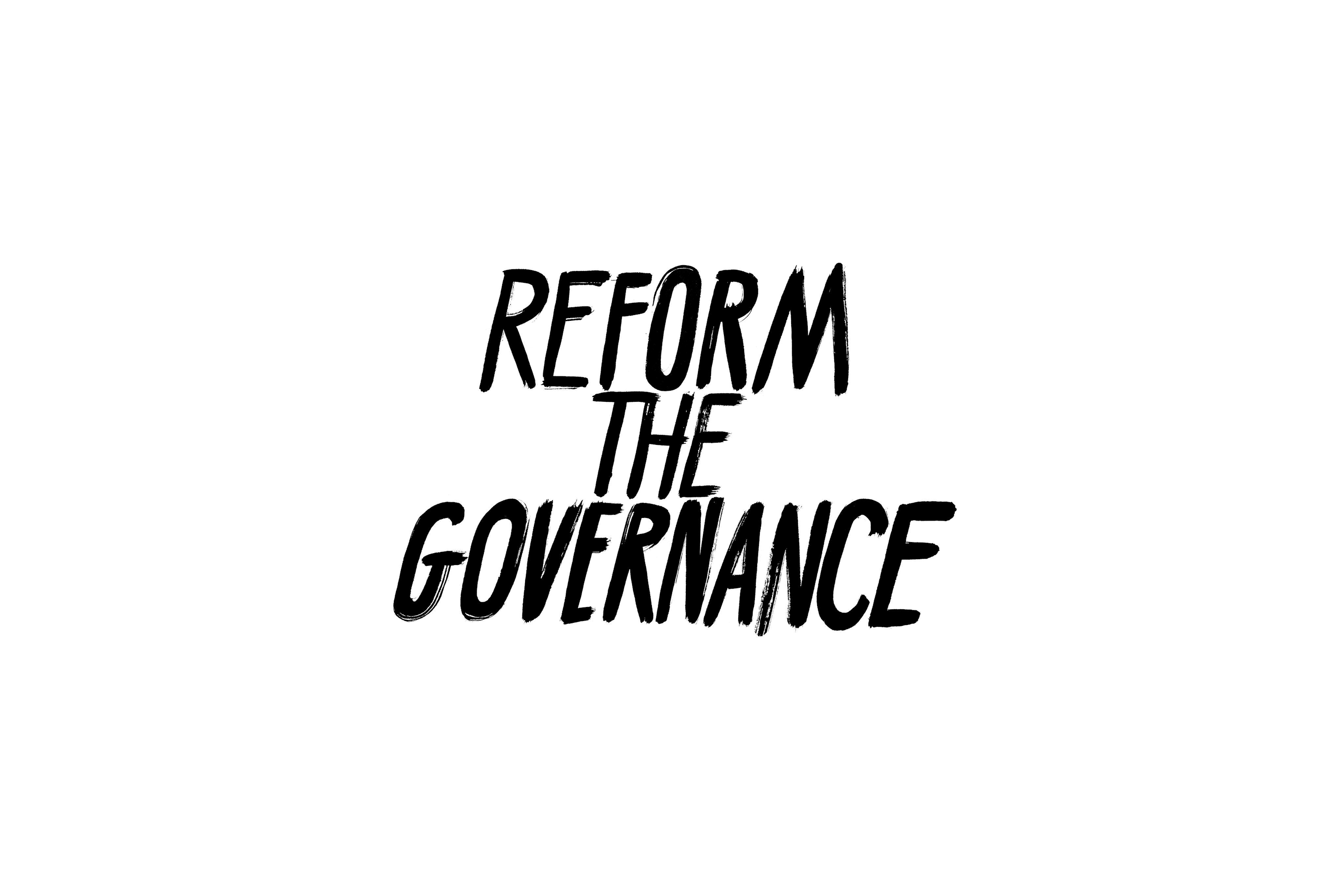
For many of the experts interviewed for this research, each of the potential reforms outlined in this work is made less likely by the internal structure of professional cycling’s organisation and governance. Whilst far from the most eye-catching challenge facing the sport, the near-incomprehensible and often incoherent structure of the elite sport is hugely significant in considering future growth.
Professional cycling is officially governed by the UCI (see “governance at a glance” on page 97) but almost every major stakeholder in the sport, even senior figures within the UCI itself, acknowledges that much of the power in cycling lies within another organisation: the ASO. The French company, which holds stakes in several major sports and media organisations, owns the Tour de France, Vuelta a Espanã and a host of professional cycling’s other big events. It is by far the most powerful event organiser in the sport. It has, for many, done more to advance the sport of professional cycling in the 20th and 21st century than any other stakeholder. The organisation is passionate about the sport and has sought to encourage growth and reform in a number of ways. From innovations in format and structure of racing to the creation of more meaningful engagement and participation among fans, the ASO has sought ways to connect cycling to more people. And yet sources within the UCI and ASO have acknowledged that there has historically been some animosity between the two organisations, which has in the past seen rifts emerge at the heart of the sport.
The governance at a glance
The UCI is recognised by the International Olympic Committee as the governing body of cycling. The UCI oversees road, mountain bike, BMX, artistic cycling, track racing and para-cycling. There are numerous other governing bodies for cycling at a regional level, but none that have the reach of the UCI.
The UCI has jurisdiction over racing licenses and rules, world championships, record keeping, and anti-doping efforts. It is governed by a president, who is elected every four years by the UCI Congress of 45 delegates from continental federations. Europe sends 15 delegates to the UCI Congress, each other continental federation sends nine, except Oceania which sends three. The Congress meets twice a year, and its main roles are to sign off on the UCI’s accounts, to ratify the decisions of the Management Committee, headed by the president, and to ensure that all UCI policy is in accordance with the UCI’s constitution. It also appoints members to an ethics commission, and has final say on admitting and excluding National Federations to the UCI.
The Management Committee works to establish regulations for competition, awards the right to host world championships, and sets up Commissions to guide the development of the sport. Commissions are where much of the day-to-day decisions about the sport are made, and are generally made up of stakeholders from the sport and the cycling industry.
Five judicial bodies are called upon to arbitrate decisions for the UCI. These bodies are considered separate from the UCI, and cover disciplinary issues, licensing decisions, ethics, and anti-doping.
A significant source of the UCI’s power comes from its recognition by the IOC. National federations must be affiliated with the UCI if they want to send riders to the Olympics, and the UCI has the final say on how riders qualify for the Olympics - as such, the UCI has the power to disqualify riders from the Olympics if they compete in non-sanctioned events, although this power is rarely exercised. There are a number of other bodies which seek to influence the UCI, to varying degrees: riders’ unions, trade bodies, and affiliations of professional teams.
For many, the potential for disagreement between two major power brokers in the sport risks a fundamental - and often distracting - conflict in attempts to grow the sport. Some suggest professional cycling would be a more compelling spectacle if organisation was simplified, promoting a model that grants the ASO sole control of a revised World Tour calendar. Others balk at the potential for monopoly control, claiming event organisers and others have been conservative in their approach to innovation. It seems unlikely that the extremes of either position would ever come to fruition, but many believe the governance systems inside professional cycling must adapt and evolve in order to facilitate the improvements and modernisation proposed above.
Interactions between key stakeholders in professional cycling – the UCI (the Olympic Federation), AIGCP (association of team owners), AIOCC (association of event organisers), the CPA (association of riders) and others – can be claimed to have the inadvertent effect of limiting the economic objectives or competitive aspirations of participants. In their further interactions with and regulations of individual stakeholders, there is a risk of hindering the promotion and development of the sport and artificially limiting the potential reach of road racing as a whole. And yet, there are many proven ways in which all of the stakeholders can cooperate to build a stronger, more popular, more equitable, and more profitable sport and reform should seek to build upon these. Indeed, many of the most powerful stakeholders interviewed for this research has explained in detail their desire for better collaboration. There have already been considerable efforts made in this regard and these should be championed. Ultimately, the governance of professional cycling should be led by interests of the fans of the sport, and reform should be focussed on finding ways to better connect the sports’ leaders with the views of consumers. Governance of the sport should seek to simplify complexities in the sport, focussing on regulating conduct rather than fighting for control of organisational structures. In doing so, the increasing influence of brands and private enterprise in modern sport should be reflected in governance reform; vendors should have a seat at the table. Governance should be orientated around connecting the sport to more fans, with regulation of conduct better based on whether it is good or bad for that simple aim.
In interviews for this work with key stakeholders, a number of practical changes to the sport’s governance were recommended as means to create an environment that fosters growth. It has been suggested that a new constitution for the governance and conduct of professional cycling should be agreed by all stakeholders and published. If sought, its drafting should include submissions from the UCI, organisers, teams and athletes, media organisations and vendors and it should clearly state the ambition and priorities for the sport, outlining clearly where power lies in professional cycling and seeking to explain as clearly as possible the ideal roles of different stakeholders. It should, for many, limit the reach of the UCI, removing mention in the current constitution of the organisation's ambition to “control” cycling. Doing so would do little to limit the organisation’s position as a regulator of the sport whilst establishing clear boundaries between those involved in the daily production of professional cycling and those involved in monitoring its conduct. It should acknowledge the power of race organisers and sponsors in the sport’s development in the modern era.
If such a constitution sought to build on the reforms outlined above to team and calendar structure, it could codify that organising rights for a revised World Tour (One Day and Grand Tour series) be licensed as a whole to a single organiser or a consortium of organisers. In a bid to introduce much needed stability, efficiency and uniformity in the organisation, format and presentation of professional bike racing, the sport could seek to award organising licenses for a whole series of events to a single organiser. Those rights could in turn be linked to basic contractual requirements, including the inclusion of women’s races and a mass participation public ride for every event, as well as minimum media offerings and a clear strategy for digital and traditional broadcast distribution. As well as the allocation, oversight and management of those series rights, the UCI could refocus its efforts on 1) Facilitating independent anti-doping controls and imposing severe punishments for transgressions, 2) Regulating rider welfare through engagement with a stronger rider’s union, and 3) Encouraging grassroots cycling participation and programmes in national cycling federations. It follows from those recommendations that the UCI should not host races, though such a recommendation would challenge its primary revenue source. The organisation’s occasional position as race organiser, chiefly during the annual World Championships, muddies the existing structure of professional cycling by attempting to operate in the same event-sponsorship market that it regulates.
In addition to the reforms proposed above, there have been regular calls for a better alignment of teams and race organisations, including a more powerful and cohesive voice or union for the riders. The existing rider’s unions have struggled historically to be heard on issues of organisation and governance, owing in part to the complexity of coherently representing such a broad athlete body and in part to the serious limitations in resources afforded to the organisation. The UCI has been criticised by those involved for failing to offer meaningful involvement from key rider trade unions in relevant bodies and committees and athletes and team managers interviewed for this research claim there is scant regard for rider welfare among the organisers of major World Tour races. Some have even called for a boycott of the most prestigious events to fight for reforms to the racing calendar and format. Proponents of a stronger rider’s union suggest the collective will of professional athletes - broadly to make the sport safer, more financially attractive and more stable - would encourage reforms that would grow the potential for new sponsorship engagement and more long-term fan loyalty.
Continue the conversation
#rapharoadmap
